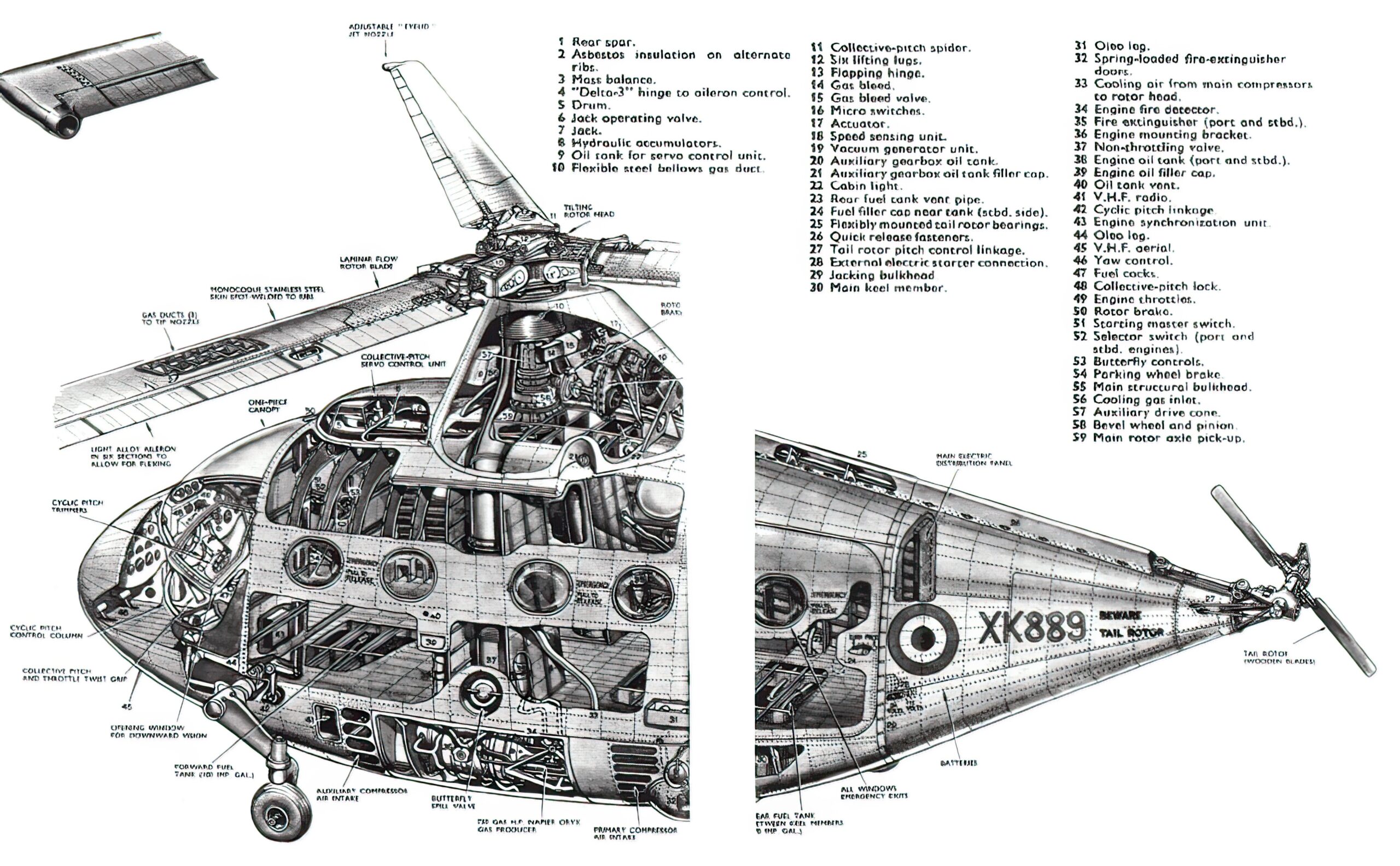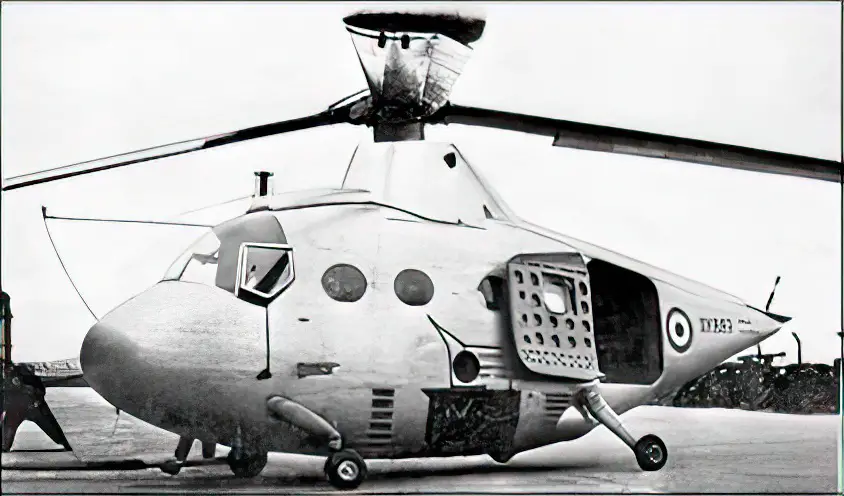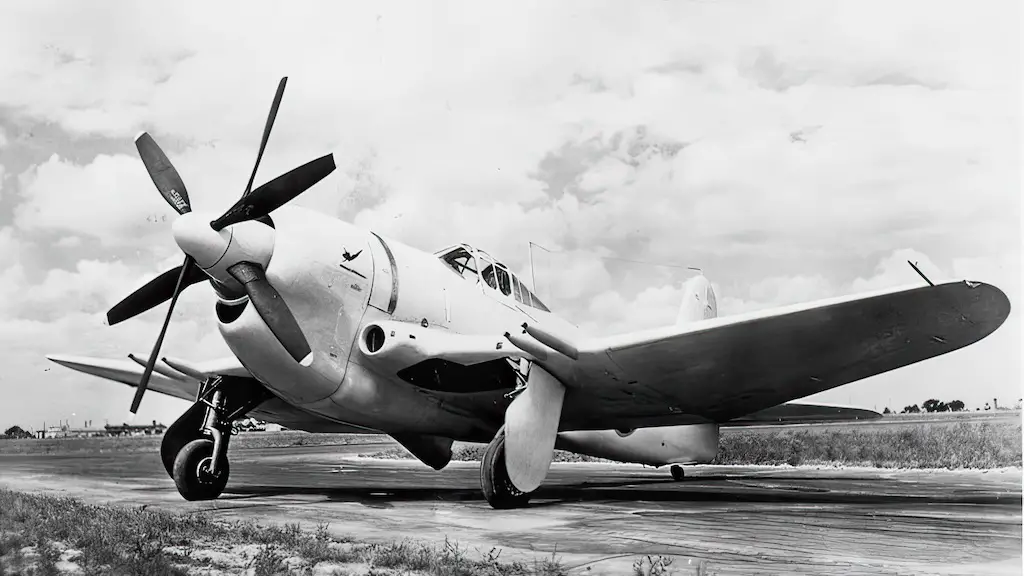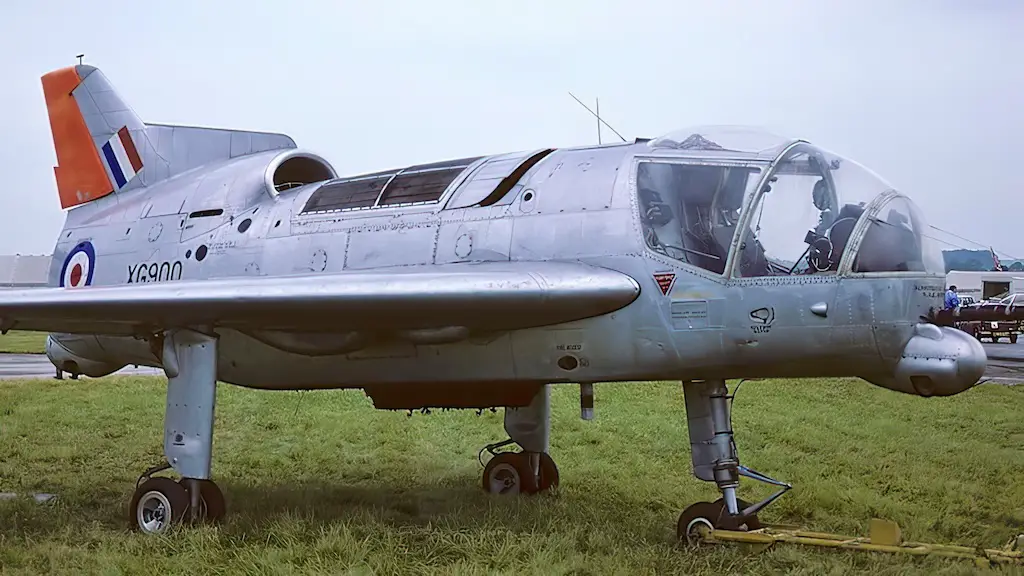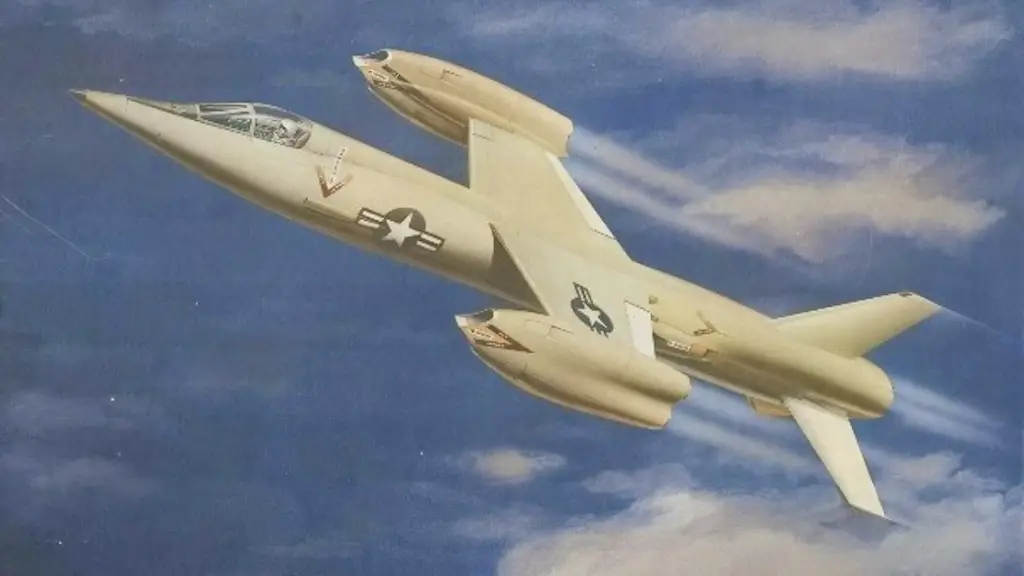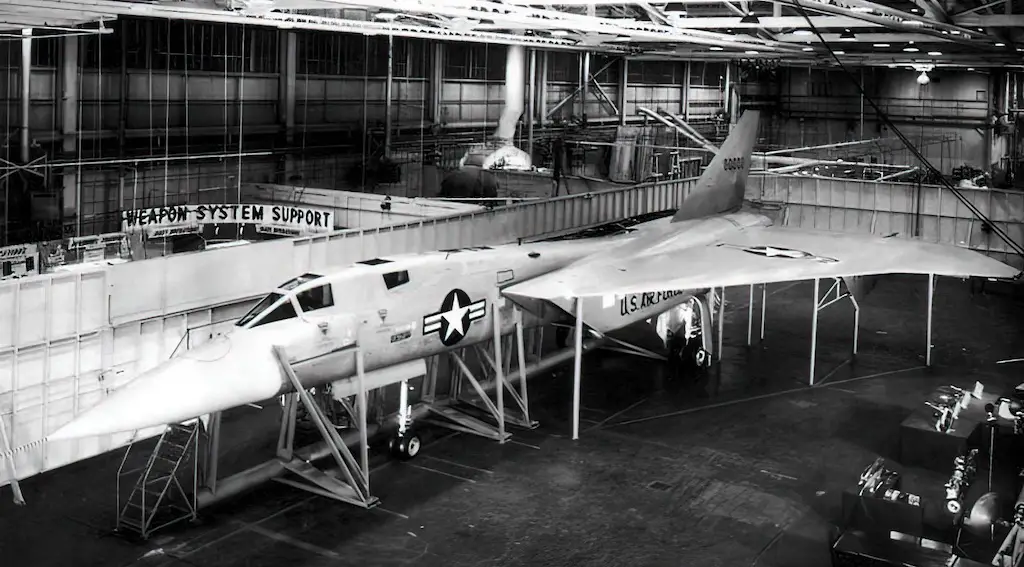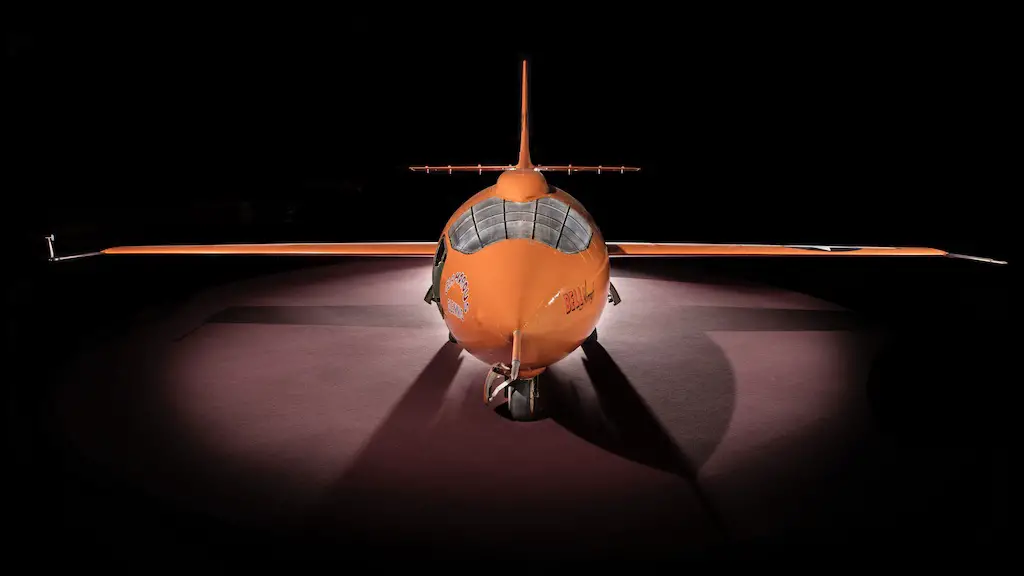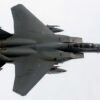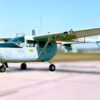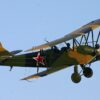In 1951, British Percival Aircraft Company, which had been building light training, racing, and utility aircraft since 1933, formed a helicopter division. The company’s first and only attempt at making a helicopter was as hilarious as it can get. This tear-drop shaped (or egg-shaped, if you will) creature, designated as Percival P.74, was supposed to carry two crewmembers and eight passengers utilizing an innovative tip-jet propulsion technology. But building a chopper isn’t as easy as it may seem.
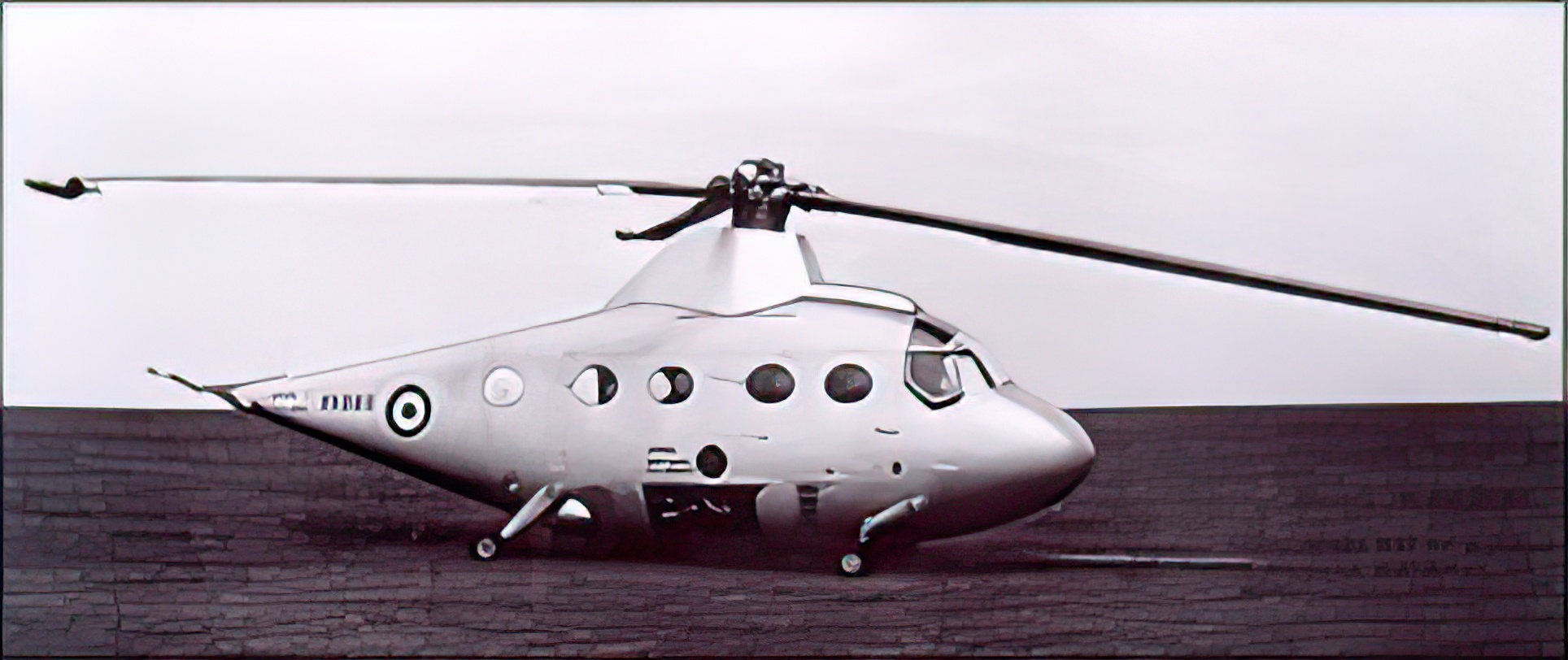
Tip-jet technology
Percival engineers chose to power their helicopter using an experimental tip-jet technology (to be fair, helicopter as a mode of transportation was still pretty much experimental at the time). The P.74 featured two Napier Oryx gas-turbine engines, which fed compressed air to the tips of the three-bladed rotor. Each blade had triple ejector ducts. The powerplants were mounted underneath the cabin floor with ducts running up through the walls between rows of seats, making the cabin a rather hot and noisy place.
Tiny tail and other peculiarities
The P.74’s rotor blades were adjusted not by actuators at the hubs, as is the case on most helicopters, but by ailerons on the trailing edges. The helicopter also had a very short tail with a tiny tail rotor. There really was no need to make them bigger, though. Because unlike more conventional helicopters’ propulsion systems, tip jets placed almost no torque on the airframe.
The P.74 was also a little strange in that it didn’t have any doors or hatches for the pilots, with the only way in and out of the craft being the large door on the port side of the aft fuselage. A test pilot also complained that the helicopter’s cockpit, flying and engine controls had been designed “without any input from a pilot.”
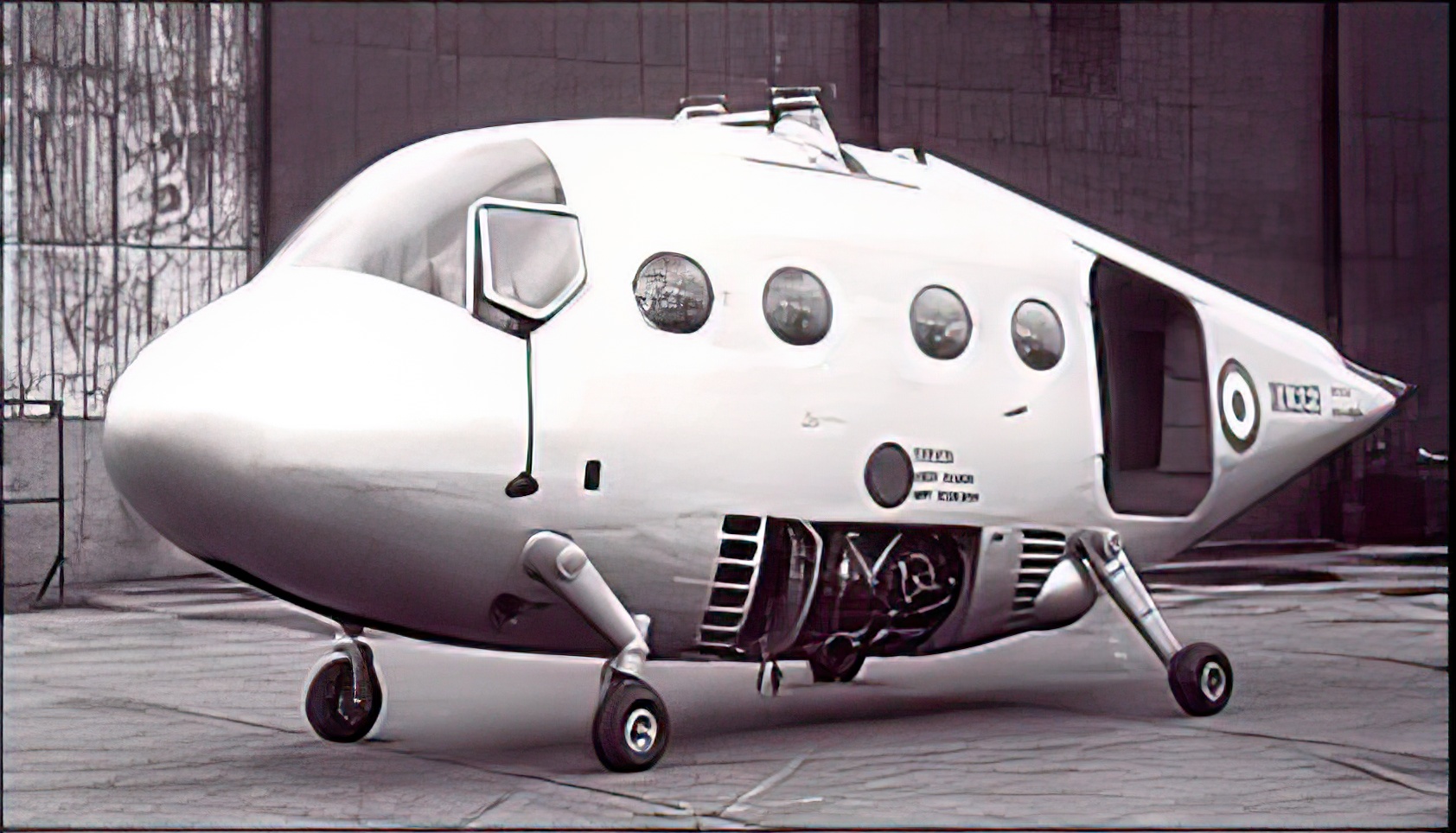
Getting the prototype off the ground
During months-long testing in a static rig the power system displayed very poor performance. At some point these problems were fixed, or, at least, seemed to have been fixed. Percival decided to try and lift the prototype, which had been completed by the spring of 1956, in the air. Alas, the helicopter, still badly underpowered, simply refused to take off. The P.74’s creators had to admit that Percival’s venture into the helicopter business was not a success. The funny-looking non-flying helicopter was towed away from the airfield and scrapped.
